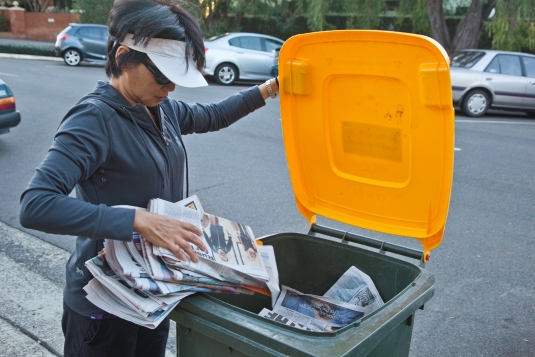Joint procurement case studies
Why joint procurement for waste services can deliver better outcomes for Councils and their communities.
Councils across NSW that have undertaken joint procurement have seen improved outcomes for their communities. Our case studies demonstrate that the advantages of joint procurement are:
- Achieving cost savings: By pooling resources, councils can secure better rates and terms.
- Ensuring long-term stability: Joint procurement helps lock in service capacity and pricing for the future.
- The potential to boost market competitiveness: Combining tonnages has the potential to attract a wider range of high-quality bidders.
- Meeting council specific needs: Tailoring joint procurement processes addresses both collective objectives and the unique requirements of individual councils.
- Promoting innovation: Joint procurement leverages the latest solutions and technologies through increased competition.
The case studies confirm the benefits of joint procurement for waste services in different settings. These include:
- metropolitan and regional
- large or differing geographical areas
- varied service requirements such as collection, processing and staged commencement
- individual council-run services and those supported by joint council groups or organisations.
The case studies also highlight some of the challenges and provide insight on overcoming them.
While coordinating multiple councils in joint procurement projects can add complexity, the benefits to communities are clear. However, joint procurement may not always be the best fit for your circumstances. It’s therefore important to consider each procurement strategy on its merits, and develop methodologies based on specific project needs, requirements and desired outcomes.




